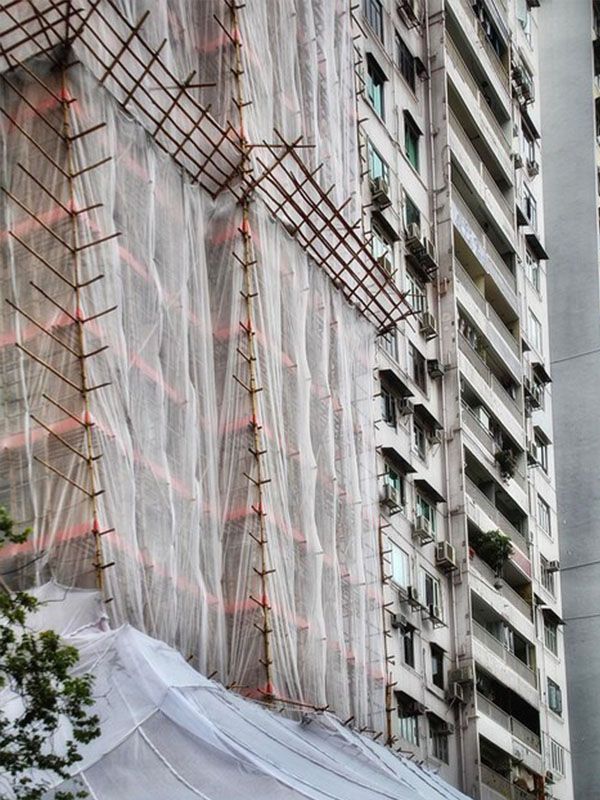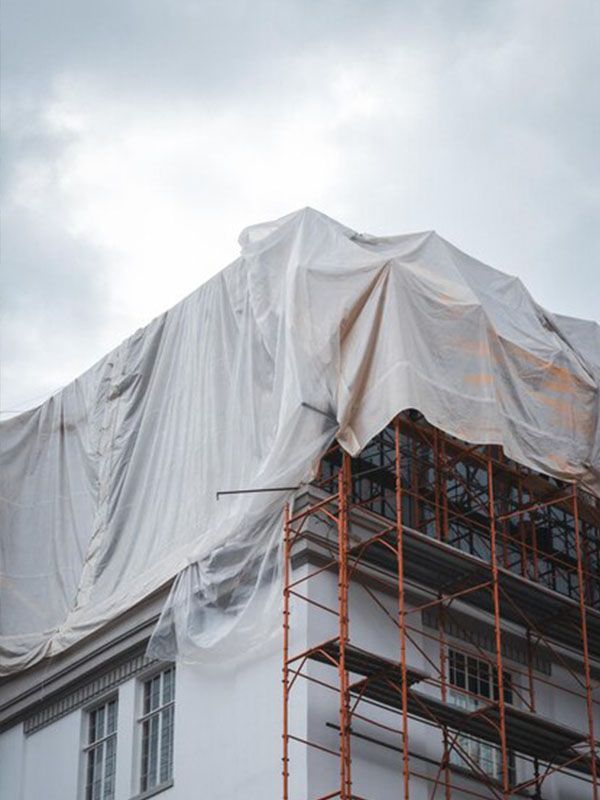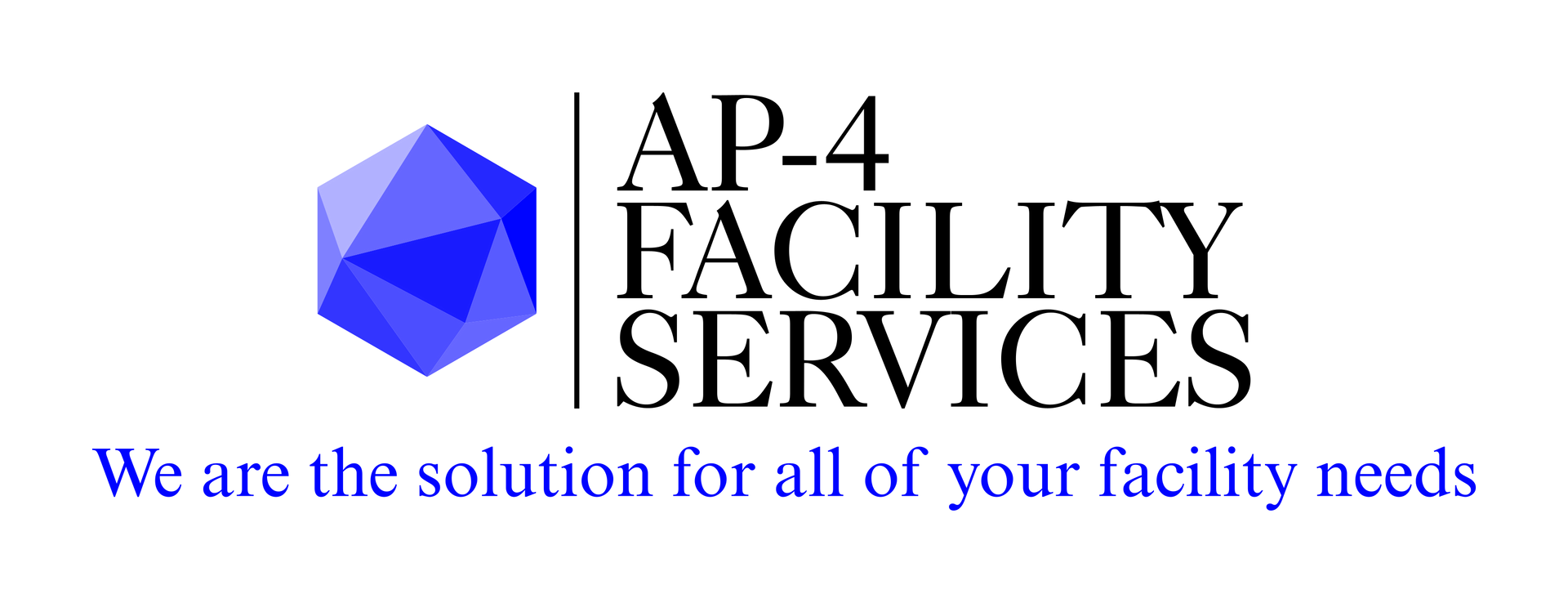temporary weather protection
Navigate the Elements with Confidence
Manage projects efficiently and ensure successful project completion.
Construction temporary weather protection refers to the measures taken on construction sites to minimize the impact of adverse weather conditions during the construction process. It involves the installation of temporary structures, coverings, and protective systems to shield the site, materials, and workers from the elements.

Temporary Weather Protection
01
Temporary
Enclosures
Construction sites often require temporary enclosures to protect exposed areas from rain, snow, wind, and other environmental factors. This can involve the installation of plastic sheeting, tarps, or temporary walls to create a barrier against the elements.
02
Scaffold
Enclosures
Scaffold enclosures are commonly used to provide weather protection during façade renovations or repairs. They are typically made of scaffolding components covered with weather-resistant materials, such as mesh or tarpaulins, and help to shield the building exterior from weather damage.
03
Temporary
Roofs
Erecting the framework of buildings, including steel or concrete structures, walls, floors, and roofs.
04
Wind
Bracing
Strong winds can destabilize construction sites, posing risks to workers and structures. Temporary wind bracing systems, such as cables and supports, are installed to provide stability and prevent movement or collapse of structures during high winds.
05
Dehumidification Systems
Humidity and excess moisture can cause damage to building materials such as wood, drywall, and concrete. Temporary dehumidification systems are employed to regulate moisture levels and prevent problems like warping, mold growth, and corrosion.
06
Temporary
Heating and Cooling
Extreme temperatures can affect worker comfort and productivity on construction sites. Temporary heating and cooling systems, such as heaters, fans, or air conditioning units, are used to maintain a comfortable working environment during cold winters or hot summers.
07
Environmental
Control
Construction sites often need supplementary systems to manage dust, fumes, and other pollutants. These can include installing temporary ventilation systems or using dust containment measures to protect workers' health and prevent contamination of nearby environments.
08
Material
Protection
Construction temporary weather protection also involves strategies to safeguard building materials stored on-site. This may include using weatherproof covers, tarps, or sealants to prevent water damage, deterioration, or spoilage.

Ensure the safety of workers, protect materials, and maintain the construction schedule despite adverse weather conditions.
The primary goal of construction temporary weather protection is to ensure the safety of workers, protect materials, and maintain the construction schedule despite adverse weather conditions. By implementing appropriate measures, construction sites can minimize weather-related delays, prevent damage, and uphold a high level of safety and productivity throughout the construction process.


